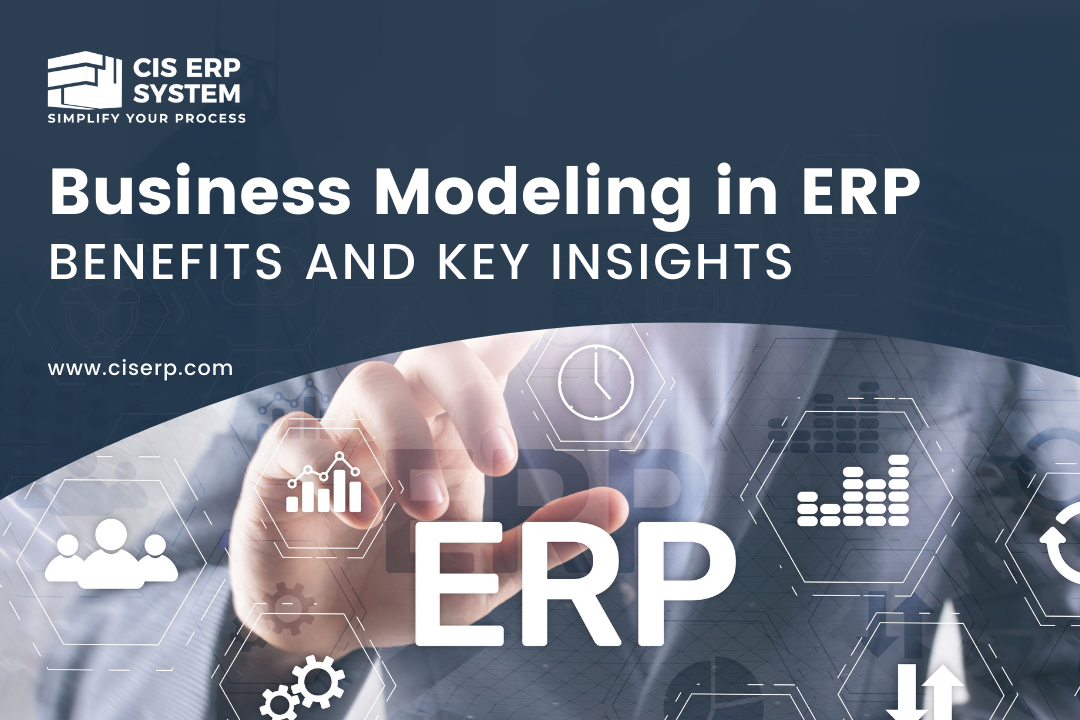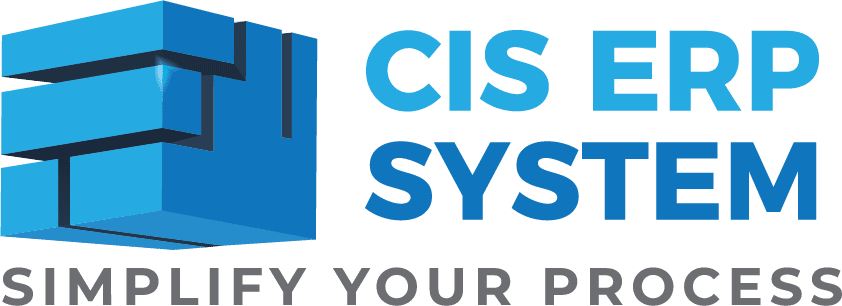
Business modeling in ERP (Enterprise Resource Planning) is important for ensuring a company’s daily tasks match its bigger goals. It gives enterprises a clear plan to follow so that the entire team works well together. By organizing each task and process, business modeling in ERP helps make operations smoother, cuts down on mistakes, and boosts efficiency.
The benefits of business modeling go beyond just getting things organized. It helps businesses adjust to changes, spot problems early, and use their resources more effectively. Whether it’s managing inventory, finances, or customer relationships, a good ERP model keeps everything running smoothly, making daily work easier and supporting corporation growth in the long run.
What Is Business Modeling in ERP?
Business modeling in ERP is about planning how work gets done in a company. It shows the steps people take, the decisions they make, and how teams work together, making sure the Enterprise Resource Planning system matches how the company works.
It’s more than just setting up software i.e. creating rules, automating important jobs, and helping teams work better together. If your enterprise is about selling, managing stock, or helping customers, ERP systems adjust to fit your needs. This helps the corporation run smoothly, work faster, and stay focused on your goals.
Key Benefits of Business Modeling in ERP
1. Better ERP ROI from the Start
When ERP systems are set up to match how an enterprise works, it reduces the need for expensive changes later. Customizing the ERP system from the start makes sure everything runs smoothly and brings good results. With automation in Enterprise Resource Planning, repetitive tasks are done automatically, giving employees more time to focus on important work.
2. Smooth Alignment with Strategic Goals
Business modeling in ERP helps link everyday tasks with the company’s main goals so everyone works together. For example, a retail store can use this model to connect sales with stock management. This means they always have enough products for customers without delays. This connection improves teamwork, helps different departments work together, and makes the enterprise more successful.
3. Elimination of Bottlenecks and Errors
With cloud-based ERP tools, businesses can design their workflows and easily find problems. This could mean automating tasks that need approval or combining similar tasks that slow things down. When workflows are mapped out, it helps fix delays and reduces mistakes.
The Power of Automation in Business Modeling
1. Optimized Task Management
Automation in ERP systems helps do the same tasks, like checking stock or making invoices, automatically without needing people to do them. Additionally, this speeds things up and makes sure nothing is forgotten.
2. Enhanced Data Visibility and Collaboration
Putting all corporation data in a cloud-based ERP system, teams can quickly access important information. For example, when a restaurant manager updates stock levels, the purchasing team can see it right away. This clear view helps avoid delays and makes it easier to make decisions.
Insights for Implementing Business Modeling in ERP
1. Choose the Right Technology Partner
The right ERP partner makes sure your system meets the special needs of your industry. For example, retail ERP solutions need special features to track seasonal trends, while ERP for restaurants focuses on managing inventory and orders.
2. Involve Key Stakeholders Early
Business modeling works best when all departments provide input. Finance, sales, HR, and operations must collaborate to ensure that Enterprise Resource Planning reflects real-world workflows.
3. Prioritize Customization but Avoid Overcomplication
Customizing your ERP system is important, but adding too many features can make it hard to use. Focus on automating the tasks that help the most, like handling orders or managing payroll.
Enterprise modeling in ERP helps connect daily operations with company goals, reduce mistakes, and improve teamwork. When you set up Enterprise Resource Planning with a clear enterprise model, everything runs smoothly, and your team can focus on what’s most important: growing the business. It’s like giving your company a strong engine that is ready to handle any challenge.

